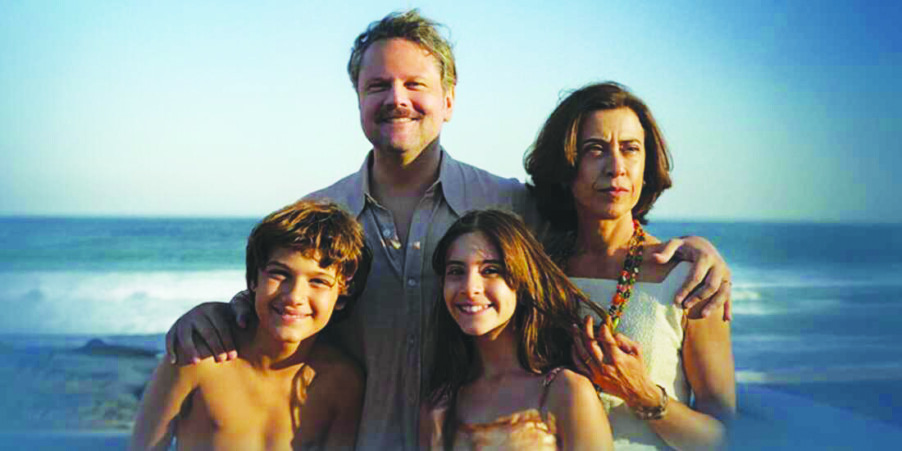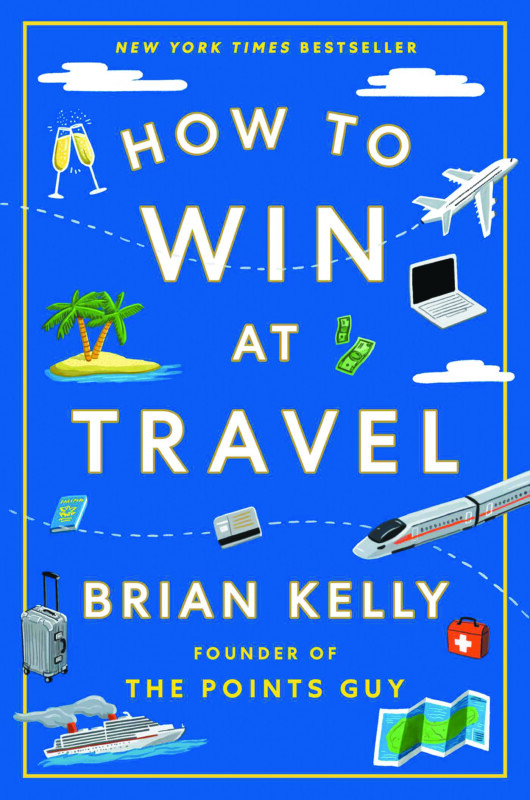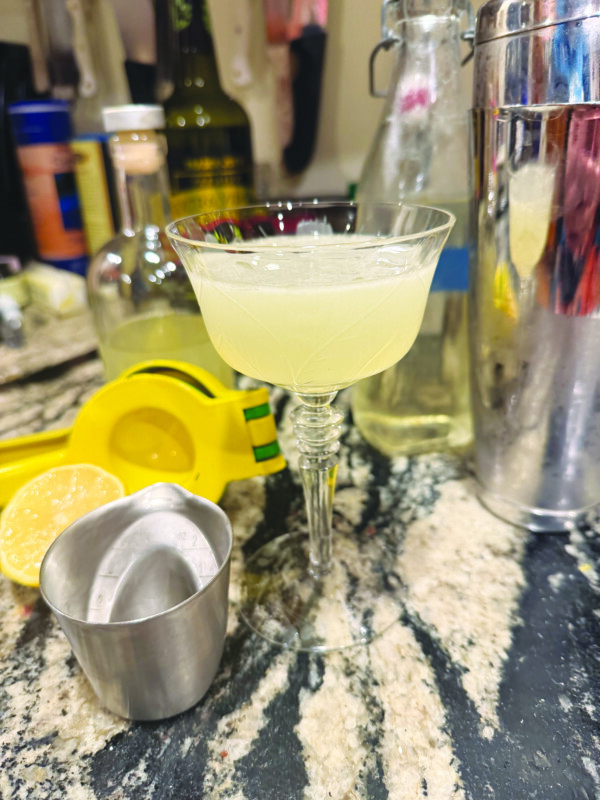A woman’s beautiful family life falls apart when her husband is disappeared by the Brazilian government in I’m Still Here, the Oscar-winning adaptation of the true story of Rubens and Eunice Paiva in 1970s Brazil.
Rubens (Selton Mello) was once a congressman but is now an engineer living with his wife, Eunice (Fernanda Torres), and their five children in Rio de Janeiro in a lovely house by a lovely beach. Like, it is all so lovely and sunny and early 1970s beautiful — from the cars to the clothes to the luminous Torres. Her happy children run around like kids on vacation — teen daughters Vera (Valentina Herszage), Eliana (Luiza Kosovski) and Nalu (Barbara Luz) are all about music and records, younger kids Marcelo (Guilherme Silveira) and Babiu (Cora Mora) are all about a small shaggy dog they find on the beach and make the family pet, naming him after Vera’s shaggy-haired boyfriend. But like storm clouds on the horizon of a perfect beach day, the heavy-handed presence of the dictatorship government is everywhere along the edges of their lives. The news is full of talk of abducted ambassadors, military trucks full of troops roll down city streets and Vera and her friends are stopped on the way home from a movie by a checkpoint looking for “terrorists,” a label which seems to indicate anyone with disagreements with the government. We see Rubens accept and hand off envelopes and talk with his friends who seem to be politically aligned with his anti-dictatorship views but the only people in this circle who seem worried are a bookshop-owning family who have decided to move to London and offer to take Vera with them, which Rubens and Eunice agree to.
Rubens and Eunice are just enjoying an afternoon together — playing backgammon, smoking cigarettes in a way that makes even a non-smoker want a drag — when armed men show up. There are no warrants, no papers, no uniforms, just guys with guns saying Rubens has to come with them to give some kind of testimony. He tells Eunice not to worry, that he will be back before dinner, and gets into his car with one of the men. Several of the men stay at their house, searching Rubens’ office and just generally being menacing. Eunice tries to keep things normal for the younger children and sends one of the kids off to spend the night with her friend. But she can’t entirely hide her fear from 15-year-old Eliana, especially when after about a day, the men say Eunice and Eliana need to come with them.
Eunice spends a harrowing 12 days in a jail, seemingly run by the military, being asked about random friends and acquaintences, terrified for her daughter and her husband. Torres does an excellent job of making the Euince who returns home after being released a completely different person than the one who left — her easy smile is gone, the light in her face is replaced by tenseness. It’s a magnificent performance — would I place it above Demi Moore’s The Substance performance, one of the performances nominated along with Torres’ for Lead Actress at the recent Oscars? Maybe not, but I do think I’d rank it higher than winner Mikey Madison. (I’m Still Here did take home an Oscar for Best International Feature Film.)
It’s hard not to weigh the movie against the other Best Picture nominees — it would definitely be in my top three of those 10 films. The movie does an excellent job of juxtaposing the normalness of life — even in a dictatorship kids still adopt stray dogs, families still eat ice cream, the beach is still a mini vacation — with the psychological destruction of Rubens’ absence. It’s not just that he’s arrested, he is thoroughly disappeared, removed from existence by the blank wall of an unaccountable government. They won’t even admit that he was arrested or what happened to him. Eunice initially can’t access any of his/their money because he doesn’t exist even on a death certificate that would make her a widow. The movie shows how a country doesn’t literally need to be at war for existence to become terrifying. A Available for rent or purchase.
Black Bag (R)
Married British spies get tangled up in the sale of state secrets in Black Bag, a well-paced mystery from director Steven Soderbergh.
George Woodhouse (Michael Fasbender) is tasked with finding the fellow spy who sold a thing to the Russians (the thing is a device that causes a meltdown of a nuclear plant). The suspects are friends and colleagues — and his wife, who is also a spy, Kathryn St. Jean (Cate Blanchett). He invites the other suspects to dinner: friend/co-worker Freddie (Tom Burke); Freddie’s too-young girlfriend/fellow agent Clarissa (Marisa Abela); James (Regé-Jean Page), who George recently promoted above Freddie, and Zoe (Naomie Harris), James’ girlfriend and a staff therapist who professionally treats/oversees all the suspects. At George’s dinner, a dish dosed to lower inhibitions results in fights all around but doesn’t leave George with a clear answer. As he watches the repercussions of the dinner’s conversations play out, the clues start to point to Kathryn’s involvement. George is such a straight shooter that he once brought down his own father, but what will he do if Kathryn is the one who is in trouble?
Black Bag is solidly acted, coolly funny and wonderfully brisk. For me, there is a sparkle that this talented cast suggested but that the movie didn’t fully deliver on. But this doesn’t make this any less a solid, quietly fun adult thriller. B In theaters.
Snow White (PG)
Disney tries to make a plucky modern hero out of the OG “Some Day My Prince Will Come” Princess in Snow White, a weird mess of an unnecessary live action adaptation of the 1937 animated movie.
First, let’s jump back to the 1937 source material, which I definitely saw years ago but only vaguely remembered as a tale where the heroine’s inciting event is that she’s discovered to be too pretty and her special skill is tidying up. I rewatched it after seeing this new Snow White and it is not quite what I remembered. Animated Snow White, who reads as sort of Clara Bow plus Shirley Temple, and her Prince Charming (we call him that but he doesn’t actually have a name) and the Evil Queen are wafer thin characters presented in a high melodrama. Snow White and the prince meet while singing and decide they are in True Love, a fact that then doesn’t really matter for the story again until the movie’s final moments. Snow White is nearly killed by the Huntsman, who was ordered by the queen to cut out her heart because the queen was jealous of Snow’s beauty, but he tells her to flee instead, and then she runs off into the forest in a panic. You can see in this story the scaffolding on which 2007’s Enchanted built its fairy tale riff — and actually that movie serves as a pretty good live action take on the Snow White story.
But back in 1937, all of this romance-and-jealousy stuff is just setup for what serves as the true heart of the animated movie, which is Looney Tunes-esque woodland animal hijinks and Three Stooges/Oliver & Hardy-ish wackiness of the seven short miners that Snow White encounters when she invites herself into their cottage in the woods. Their vibe is very much “grizzled prospector” and/or less-malevolent Elmer Fudd. Bigger chunks of the movie than I expected are about them Stooge-ily trying to sneak in the house to figure out who is inside or goofing at an outdoor wash bin, doing silly bits with bubbles.
The Snow White of it all — with the red hair band and the weird dress and the getting squirrels to help her do chores — has stuck around through the decades because she’s the central image of the movie and because she’s the most merch-able element (little princess-phase girls still dress up as her) but she’s rather incidental to most of the fun stuff in that movie. The 1937 movie’s whole vibe is very of its time — it’s a fascinating watch for the visuals and the style of comedy but I don’t see why anyone would really want to remake it (other than whole IP machine, of course).
Back to the new live-action movie: here, we get a whole backstory about Snow White (Rachel Zegler), the princess born during a blizzard, hence the name, and beloved child of two benevolent rulers of a happy kingdom. But then, in the grand Disney tradition, good Queen Snow White’s Mom (Lorena Andrea) dies and King Snow White’s Dad (Hadley Fraser) is enchanted with the beautiful, minor-magic-having lady Evil Queen (Gal Gadot). They marry, she convinces him to go fight the Southern Kingdom and then the Evil Queen becomes a dictator who rules by fear and makes bakers and farmers serve as soldiers. Snow White is forced to be her servant for no particular reason, and is also afraid (of the Queen? I think?) and just sort of mopes around feeling bad about the situation.
No handsome prince here, instead she meets a floppy-haired cute guy, Jonathan (Andrew Burnap), stealing potatoes to help feed his merry band of Robin-Hood-esque thieves — but like half-hearted thieves. Did the movie say they were once a theater troupe? Because I was getting real “pop-up production of Midsummer Night’s Dream” vibes off of them.
Once again, the Magic Mirror (voice of Patrick Page) tells the Evil Queen that she is the fairest of them all — which, how is a magical object who can only do that one thing (as the movie specifies) useful? He is basically a yes-man who only gives her the positive poll numbers, until one day he tells her that Snow White is fairer. But in this movie “fair” can mean both “kind and just” and “beautiful” and it seems like Snow White is defined as the first and the Evil Queen is only concerned with the second and what even is the conflict here? But anyway, off to the woods and the woodland creatures and, eventually, the seven dwarfs who are here the most oddly rendered CGI approximations of the animated characters. The slapstick is very secondary to the central story of Snow White, learning to stand in her power or whatever and rescue her kingdom from the tyranny of the Evil Queen who doesn’t seem to have much of a plan beyond “wear pointy jewels and try to be a sassy bad-ass.”
Gal Gadot can’t quite make her villainy fun or interesting. She is no Cate Blanchett, who was such a delicious evil stepmother in the live-action Cinderella, all Bette Davis snarls to accompany her on-point lewks. Gadot’s performance is only wardrobe, and while the wardrobe is nice it’s not enough to carry her through.
Zegler brings something more to Snow White, even if her conflict isn’t well-defined and her character’s motivations and abilities are sort of hazy. Having the seven dwarfs be otherworldly animated beings prevents them from having real personalities or from one really being the strong, comic-relief supporting character this movie probably needed.
Probably because the Snow White story was so thinly drawn in the first movie, this movie brings a lot of ideas to what’s going on and who these people are. But I feel like they’re mostly half-formed ideas. There is a lot of “to what end?” to all of the Evil Queen’s motivations that make her a mess of a character on top of Gadot’s nothing performance. Clearly “make her plucky” was the goal with Snow White but the movie never bothers to give her reasons for her pluckiness. It all feels so overworked, so “let’s please everyone!” that the result is just an unfun slog that probably pleases no one, giving us forgettable copy-of-a-copy songs and no real sense of why we’re watching these people. C- The 2025 live-action Snow White is in theaters. The 1937 animated movie is streaming on Disney+.
Featured Image: I’m Still Here (PG-13)






